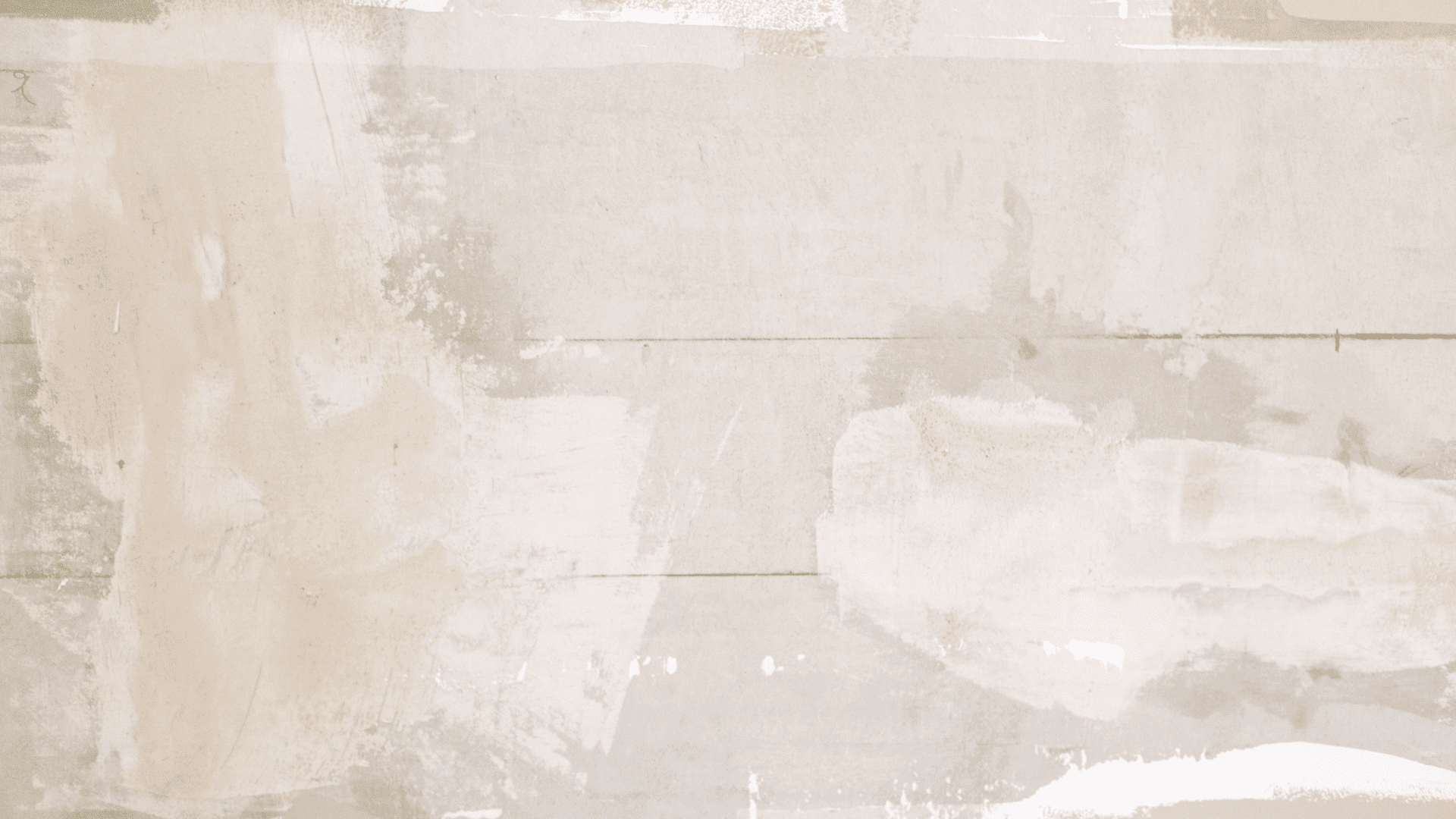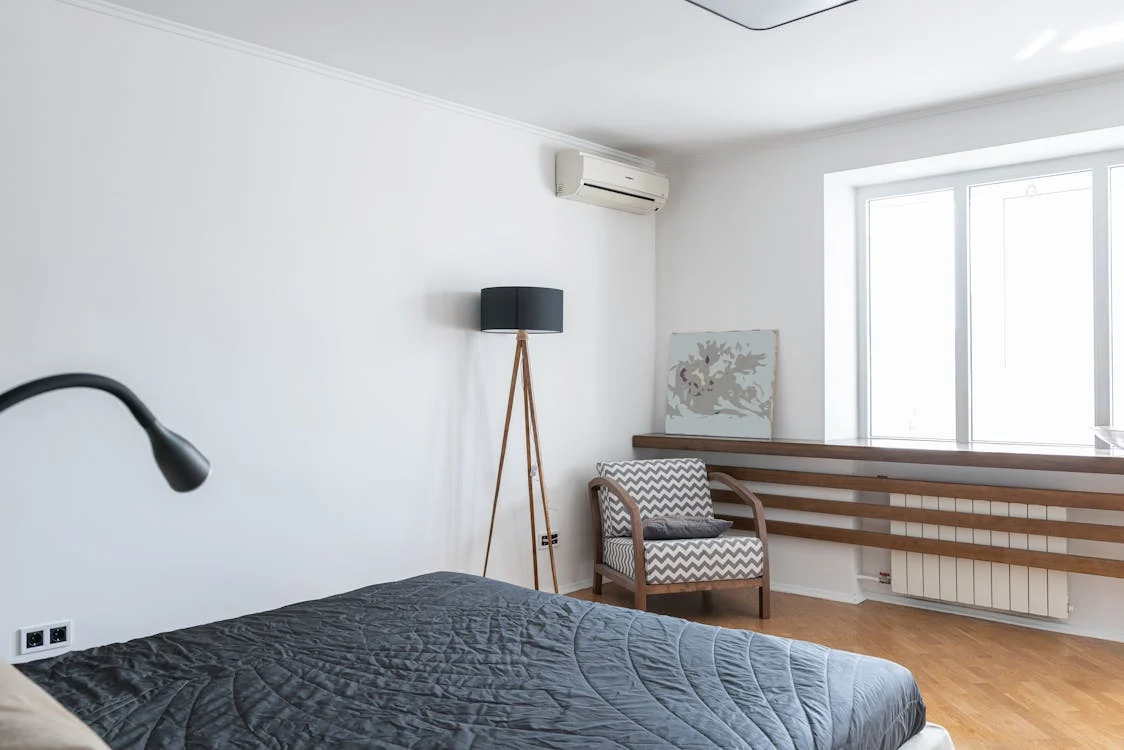Mastering Surface Preparation: A Step-by-Step Guide for Painting Success
Painting is essentially the simple task of applying colour to a surface. Oh, if only it were that simple! In reality, the key to a successful paint job lies not just in the choice of colours but also in the meticulous preparation of surfaces. There is no need to worry, however, as Contrast Painting is here to equip you with the knowledge and techniques needed to transform your property with precision.
The Importance of Proper Surface Preparation
Proper surface preparation is crucial because it ensures adhesion, durability, and a professional finish for your paint job. No one wants to go to the effort of repainting, whether for your home or business, only to find that the end result is a bit inferior.
By checking for imperfections, cleaning thoroughly, and priming appropriately, you can create a stable foundation for the paint to adhere to, resulting in long-lasting results.
With a bit of careful planning, your paint job will resist peeling, cracking, and fading over time. So, let’s roll up our sleeves and dive into the world of surface preparation.
The Process
- Assess and Clean: Take the time to thoroughly inspect the surfaces you plan to paint. Look for any signs of damage, including cracks, holes, peeling paint, grease, or mould. Pay close attention to areas near sinks, stoves, and bathrooms where dirt and grime accumulate. Once you’ve assessed, it’s time for a deep clean. Use warm water and mild detergent to remove dirt, grease, and stains. Consider using a specialised cleaner or trisodium phosphate (TSP) for more stubborn grime. Rinse the surfaces thoroughly with clean water to remove any residue and allow them to dry completely before proceeding.
- Repair Imperfections: Surface imperfections can mar the final result of your paint job. Take the time to address any cracks, holes, or dents before painting. Use a lightweight spackling compound applied with a putty knife for slight imperfections such as nail holes or minor cracks. For larger holes or cracks, consider using a patching compound or joint compound for drywall surfaces. Apply the filler or compound evenly, ensuring it’s level with the surrounding surface. Once dry, sand the repaired areas with fine-grit sandpaper to create a smooth finish.
- Remove Loose Paint: Peeling or flaking paint is unsightly and can compromise the adhesion of new paint. Use a paint scraper or putty knife to gently remove loose or peeling paint from the surface. Take care not to damage the underlying material during this process. After removing loose paint, sand the edges of the remaining paint to feather them out and create a smooth transition between the old and new layers. This step is crucial for achieving a finish without visible ridges or bumps.
- Sand the Surface: Sanding is critical for promoting paint adhesion and creating a smooth surface. Use medium to fine-grit sandpaper (around 120 to 220 grit) to lightly sand the entire surface. Focus on areas with glossy or slick finishes and any patched or repaired areas. The goal is to roughen the surface slightly to improve paint adhesion. After sanding, wipe down the surface with a damp cloth to remove any dust or debris, ensuring a clean surface for priming.
- Prime the Surface: Priming is essential for creating a stable and uniform base for the paint to adhere to. Choose a primer suitable for the surface you’re painting—whether it’s wood, drywall, metal, or masonry. Apply the primer evenly using a brush, roller, or sprayer, following the manufacturer’s instructions regarding drying times and application techniques. Allow the primer to dry completely before proceeding with painting. Primer not only improves paint adhesion but also seals porous surfaces and promotes better coverage and durability.
- Protect Surrounding Areas: Before you begin painting, protect surrounding surfaces, floors, furniture, and fixtures from accidental paint splatters or drips. Use painter’s tape to mask off edges, trim, and fixtures, ensuring clean lines and crisp edges in your final paint job. Lay down drop cloths, plastic sheeting, or rosin paper to cover floors and furniture, preventing paint from seeping through and causing damage. Taking the time to protect surrounding areas ensures a neat painting process with minimal cleanup required afterwards.
- Choose High-Quality Paint and Tools: Invest in high-quality paint and painting tools to achieve professional results that stand the test of time. Select paint formulated for the specific surface you’re painting and offers durability, washability, and colour retention. Choose brushes, rollers, and sprayers suitable for the type of paint you’re using and the texture of the surface. Quality tools make the painting process more efficient and enjoyable, leading to a superior finish that will last for years.
The Tools
Here are some of the essential tools mentioned for preparing a surface for painting:
Paint Scraper or Putty Knife: Used to remove loose or peeling paint from the surface.
Sanding Block or Sandpaper: Helps to smooth rough areas, remove imperfections, and promote paint adhesion.
Patch or Spackling Compound: Used to fill cracks, holes, and dents in the surface.
Putty Knife or Trowel: Necessary for applying patching or spackling compound smoothly and evenly.
Primer: A crucial undercoat that promotes paint adhesion, seals porous surfaces, and enhances paint durability.
Paint Brushes: Essential for applying primer and paint to smaller areas or detailed work.
Paint Rollers and Roller Covers: These are used to apply primer and paint to larger areas quickly and efficiently.
Painter’s Tape: Helps to create clean, straight lines and protect adjacent surfaces from paint splatters or drips.
Drop Cloths or Plastic Sheeting: Used to protect floors, furniture, and fixtures from paint spills or splatters.
Bucket and Cleaning Supplies: These are necessary for mixing cleaning solutions, rinsing brushes, and cleaning up after surface preparation.
Safety Gear: Includes gloves, glasses, and dust masks to protect against dust, debris, and fumes generated during surface preparation.
Perfect Preparation with Contrast Painting
With years of experience and a commitment to quality, we deliver flawless results that stand the test of time. At Contrast Painting, we know how to prepare a surface that sets the stage for a stunning paint job, transforming your space into a masterpiece. That leaves you with a lot less to do. In fact, you just need to get in touch with us today!







